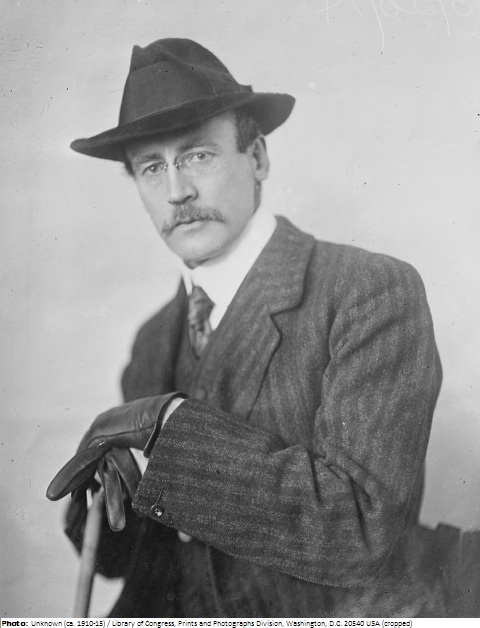Tait McKenzie

Biographical information
| Roles | Competed in Olympic Games |
|---|---|
| Sex | Male |
| Full name | Robert Tait•McKenzie |
| Used name | Tait•McKenzie |
| Born | 26 May 1867 in Almonte, Ontario (CAN) |
| Died | 28 April 1938 (aged 70 years 11 months 2 days) in Philadelphia, Pennsylvania (USA) |
| NOC |  Canada Canada  United States United States |
| Nationality |  Canada Canada |
| Medals | OG |
| Gold | 0 |
| Silver | 0 |
| Bronze | 1 |
| Total | 1 |
Biography
Robert McKenzie was a Canadian-born American sculptor, scout leader, scholar-athlete, surgeon, soldier, and physical educator. His father, William McKenzie, emigrated to Canada from Kelso, Scotland, in 1858 and became minister of the Free Church of Scotland in Almonte.
Tait McKenzie served England, the United States, and Canada during World War I as a pioneer in the physical and mental rehabilitation of the severely wounded. He was active in organizing the first Philadelphia chapter of the Boy Scouts in 1908. McKenzie was a personal friend of Scouting’s founder, Sir Robert Baden-Powell, and shared with him his belief in the program of Scouting for boys.
McKenzie used sculpture to illustrate points before his classes in anatomy. He continued it in the course of his physical education to teach his students and athletes how, for example, to crouch for the sprint or plunge, how to hold the discus, or how to take the hurdles. It became increasingly apparent that his figures had a beauty as well as utility. For years he was a participant and exhibitor in the competition of fine arts at the Olympic Games. One of his most famous sculptures is the “Ideal Scout”, also known as “The Boy Scout”. Some of his sculptures were selected for a series of stamps for the Olympic Games 1976 at Montréal. He was the only artist to take part in five Olympics art competitions, winning a bronze medal in 1932.
Results
List mentions
- Listed in Olympians Who Competed Posthumously ()
- Listed in Olympic Clerics (Minister of the Free Church of Scotland)